Pop will eat itself: Tate Modern misses a trick with new global pop retrospective
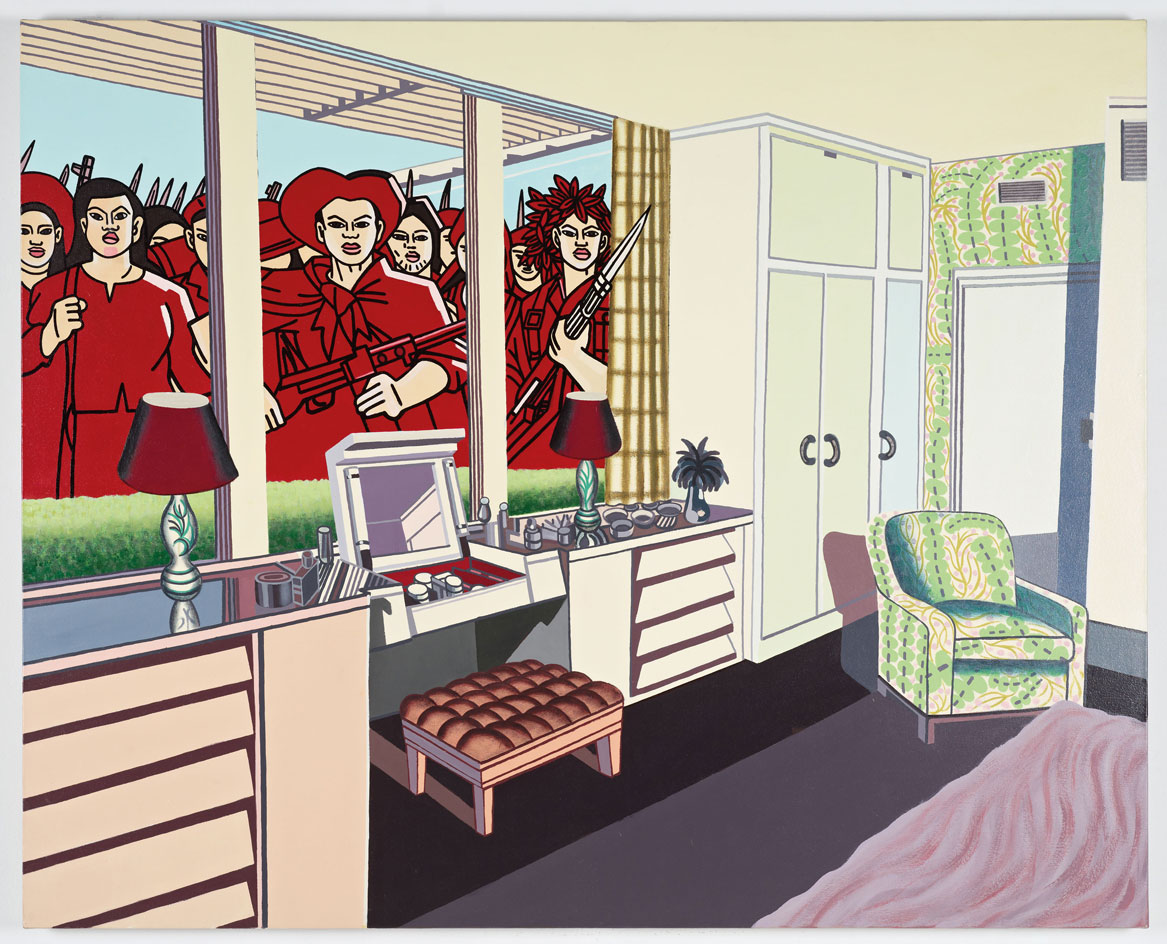
Pop art exhibitions are like carbonated drinks – they bubble up constantly and have a habit of repeating on you. Sure, they’re tempting and seductive, but often far too sugary to provide anything other than a short-lived high. Tate Modern’s major autumn exhibition, ‘The World Goes Pop’, aims for something more substantial: a survey of art from the 1960s and 70s infused with popular culture that addresses real issues and doesn’t hail solely from North America, or feature any of the obvious names (Warhol, Lichtenstein, Hockney et al). Instead, this is a smorgasbord of global pop, taking in little-known examples from Spain, Belgium, Brazil, Japan, Germany, Poland and Russia, among other locations. There’s also feminist body pop, interactive pop, psychedelic pop, as well as revolutionary and rabble-rousing pop.
The show gets off to a convincing start with rooms dedicated to politically motivated pop, including a takedown of Franco’s Fascism, numerous protests against the Vietnam War and a giant papier-mâché fly swatter, which is a humorous, rather than wholly serious, response to a brutal 1964 Brazilian military coup. Indeed, there is little here that feels iconic or powerful enough to elevate yet another image of Che Guevara or a freedom fighter beyond those which have already come to represent the era. For every strong, moving work – such as Rafael Canogar’s surprisingly relevant ode to police brutality from 1969, The Punishment – there is a lightweight treatment of nuclear war or rampant consumerism that initiates nothing more than a shoulder shrug.
The odd animated film and eccentric outsider artist briefly flare up beyond the background noise and then recede quickly in the mind, often competing with louder neighbouring paintings or unnecessarily flashy display solutions. The saving graces are few and far between: a video by Sanja Iveković superimposing Yugoslavia’s hopeless propaganda with black prison bars is somewhat lost amid a room wallpapered in Laughing Cow heads by German artist Thomas Bayrle (a whole three years after Andy). A strange painting of a lady whose busty figure is partly revealed by an actual zip simply comes off like a Richard Hamilton derivative. Exploring new territories is one thing but much of this pop should just eat itself.
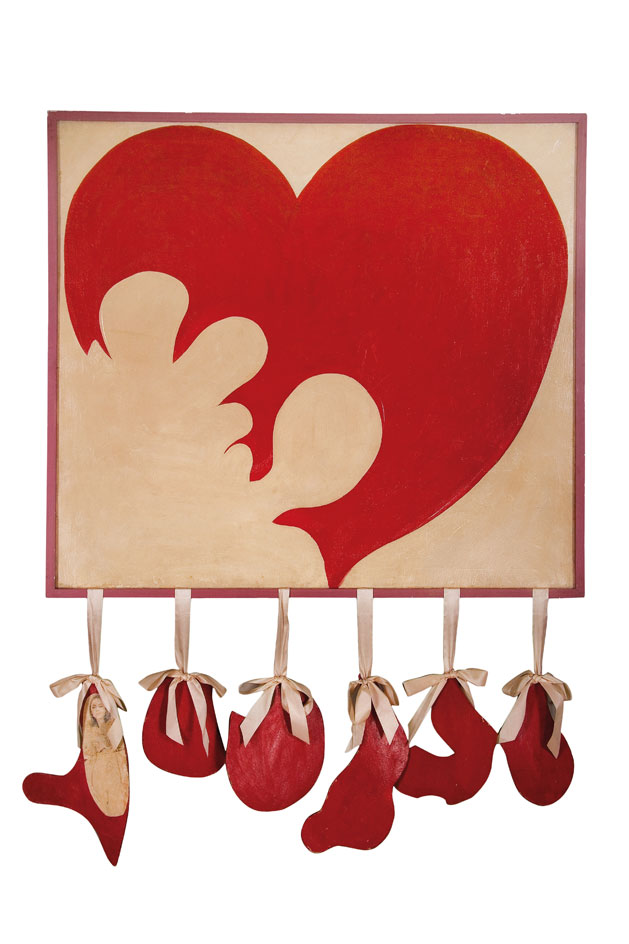
‘The World Goes Pop’ is Tate's major autumn exhibition, but the show suffers from noisy juxtapositions and unnecessarily flashy display solutions. Pictured: Corazón destrozado, by Delia Cancela, 1964. Photography courtesy the artist
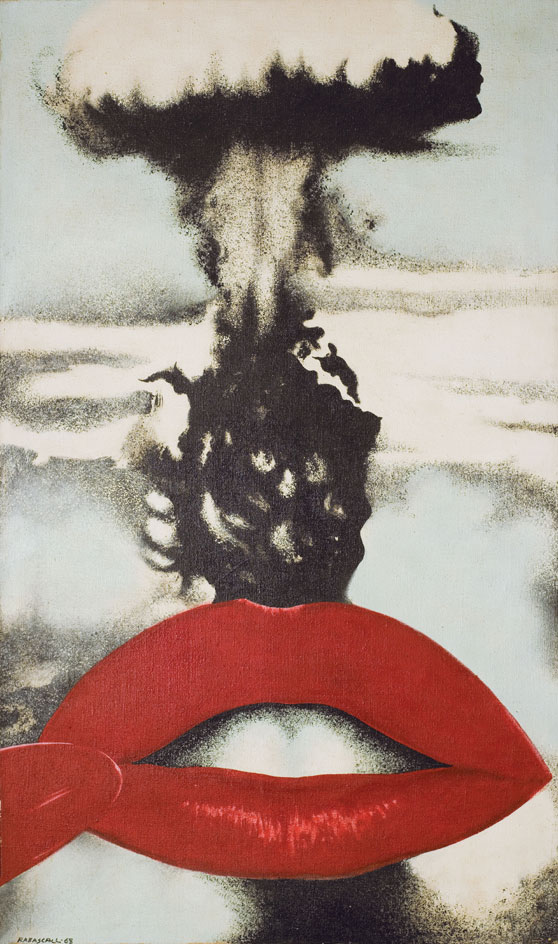
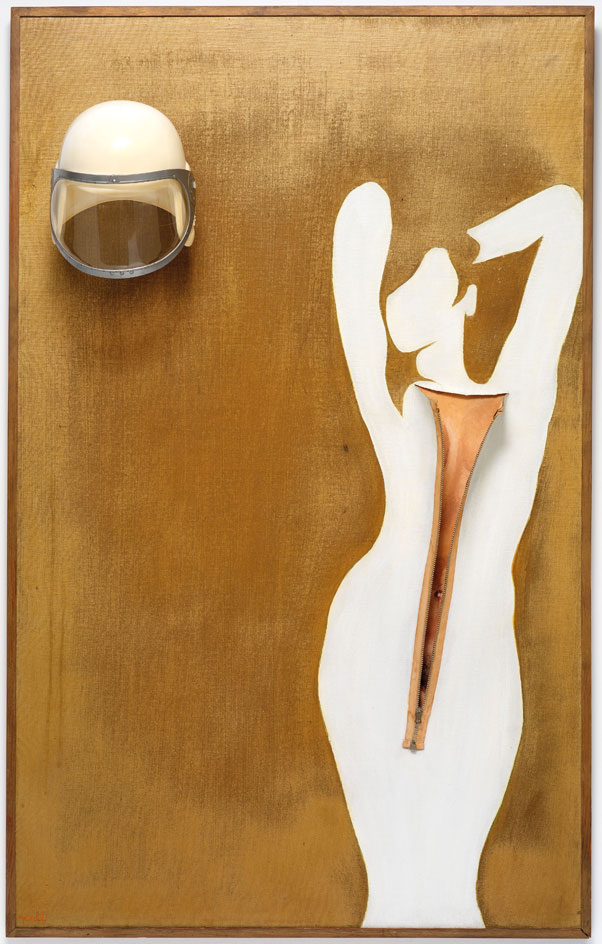
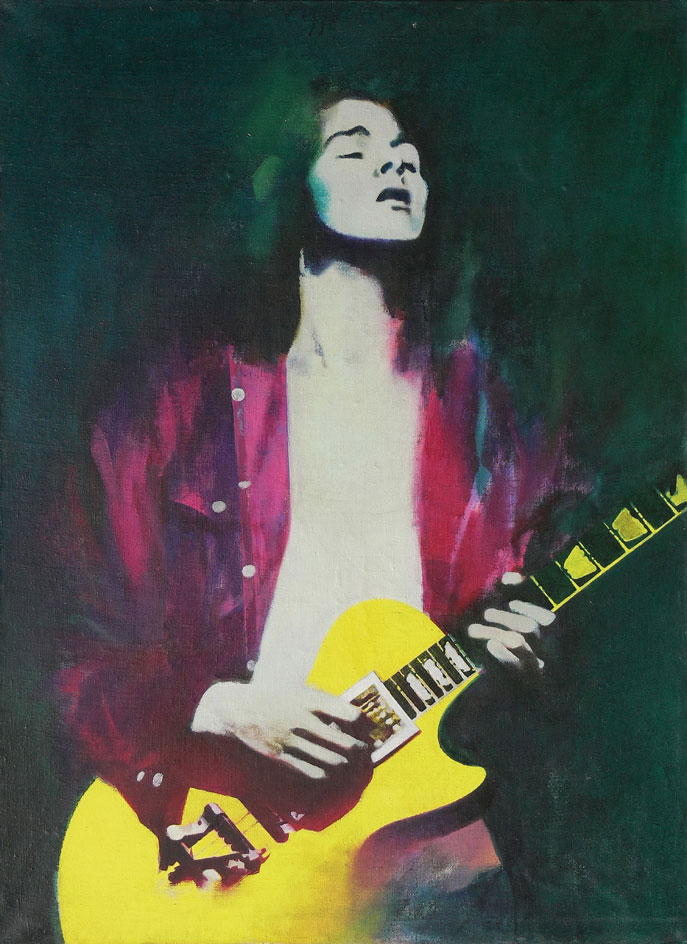
Guitarist, by Cornel Brudascu, 1970. Photography: Szabolcs Feleky, copyright the artist
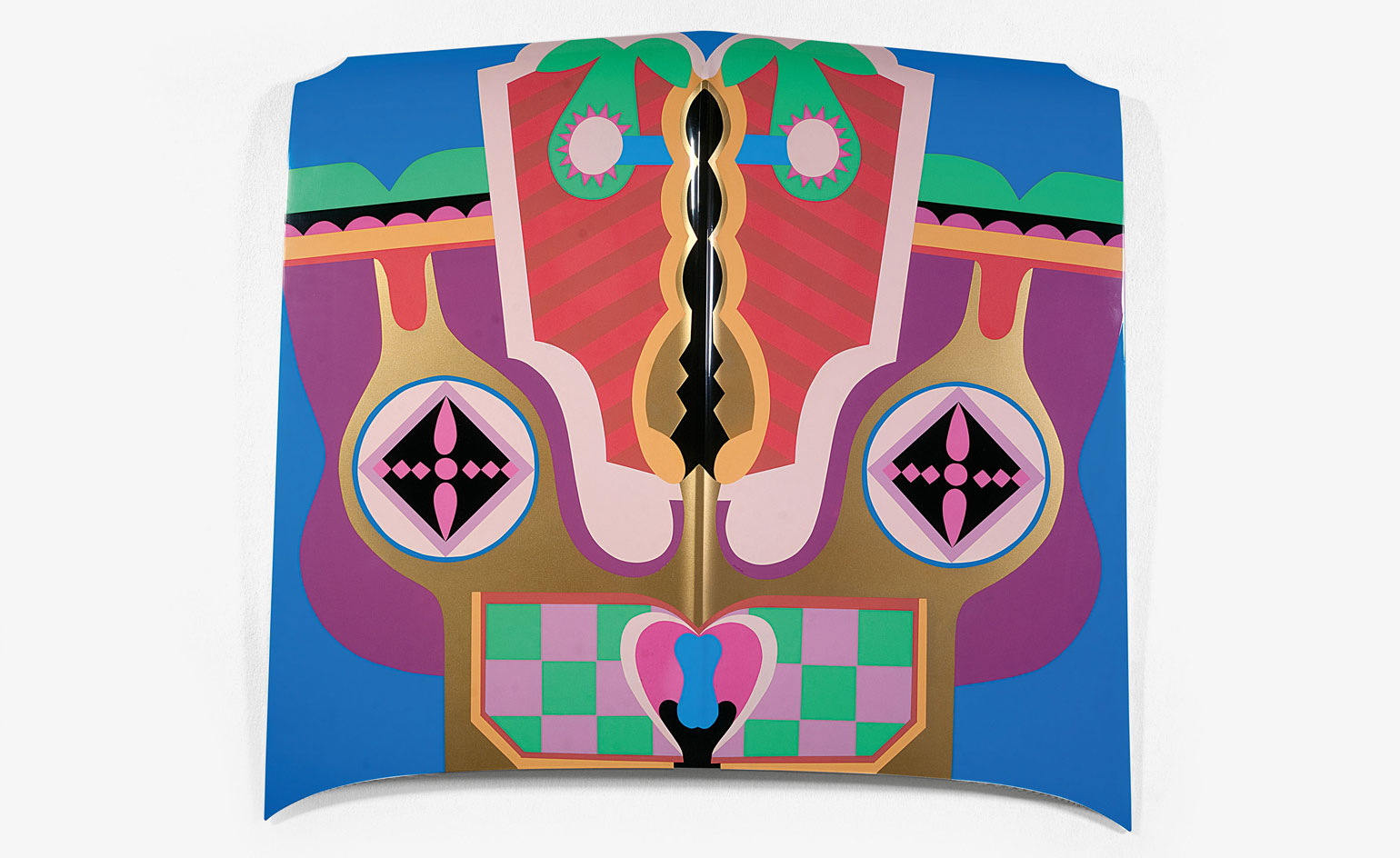
Birth Hood, by Judy Chicago, 1965–2011. Photography: Donald Woodman, copyright the artist/DACS 2015
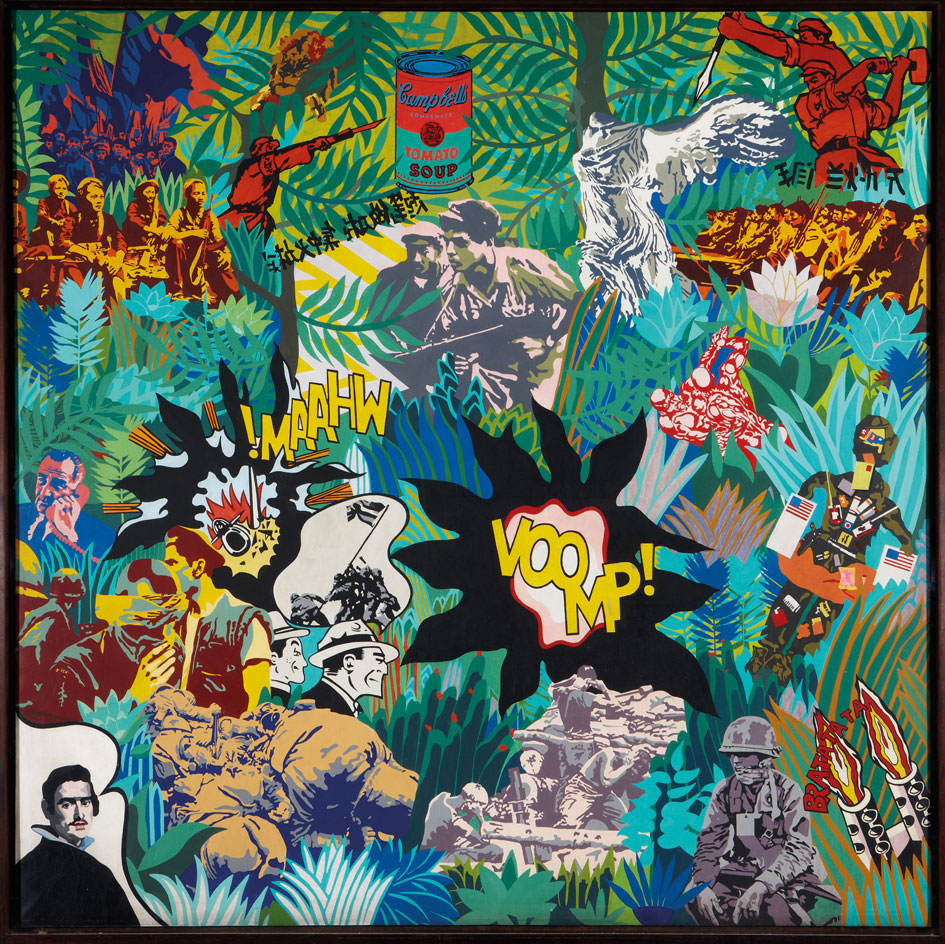
El realism socialista y el Pop Art en el campo de batalla , by Equipo Crónica, 1969. Photography copyright Equipo Crónica (Manolo Valdés and Rafael Solbes), courtesy Marlborough Gallery, New York
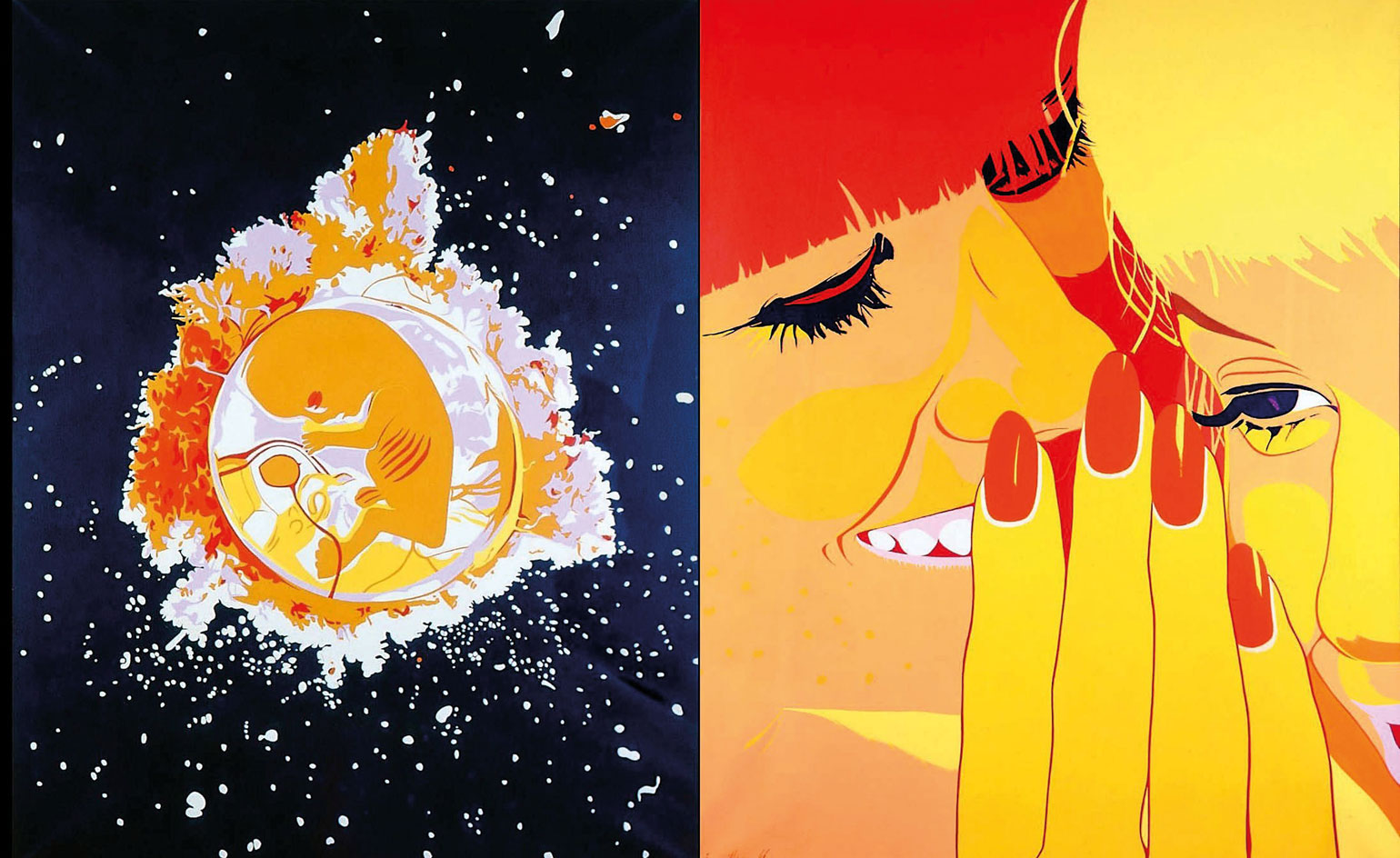
Pilules capsules conciliabules, by Bernard Rancillac, 1966. Photography: Nathalie Rancillac, copyright the artist/DACS 2015
INFORMATION
'The World Goes Pop' is on view until 24 January 2016
ADDRESS
Tate Modern
Bankside
London SE1 9TG
Wallpaper* Newsletter
Receive our daily digest of inspiration, escapism and design stories from around the world direct to your inbox.
-
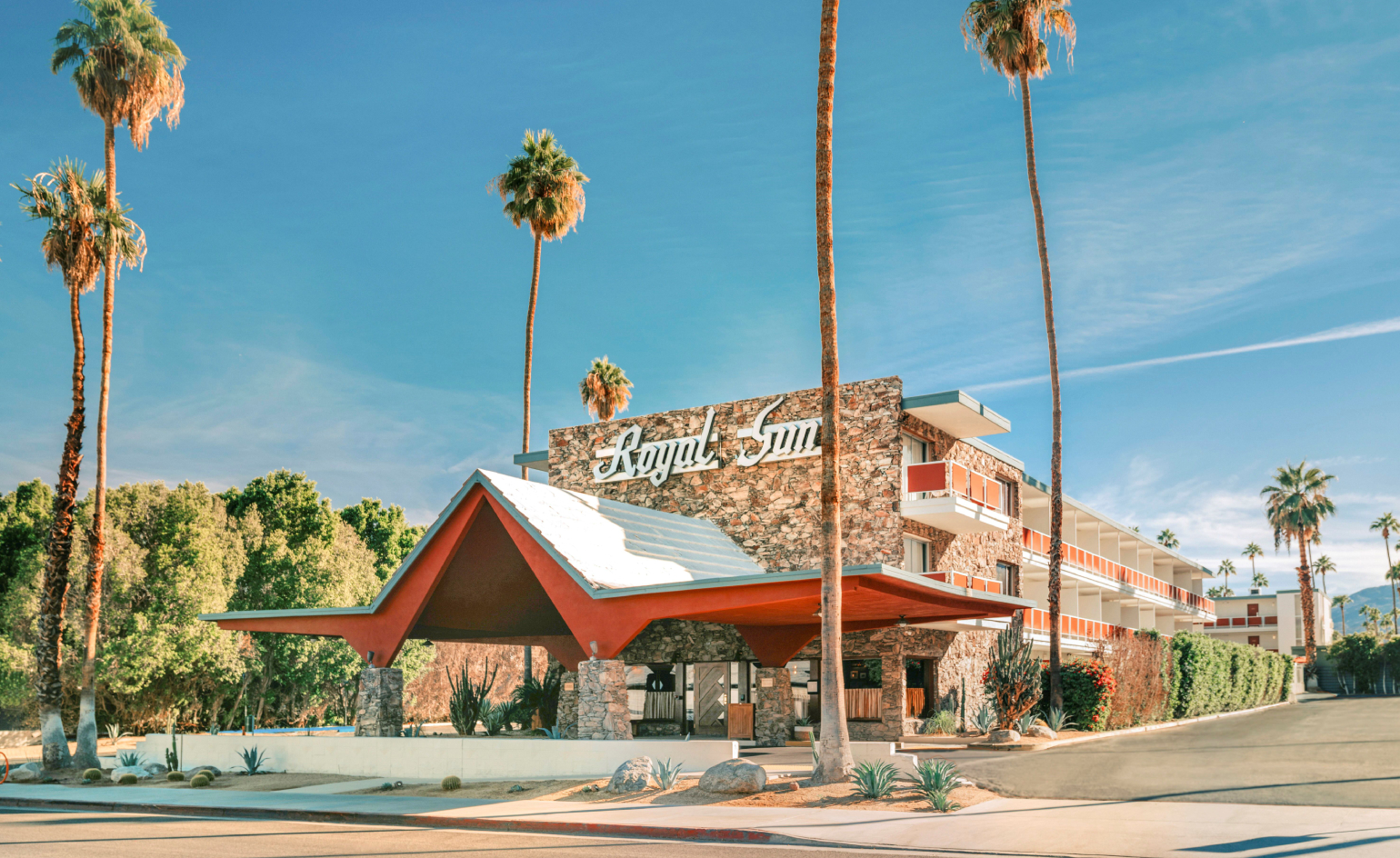 Seven things not to miss on your sunny escape to Palm Springs
Seven things not to miss on your sunny escape to Palm SpringsIt’s a prime time for Angelenos, and others, to head out to Palm Springs; here’s where to have fun on your getaway
By Carole Dixon
-
 Microsoft vs Google: where is the battle for the ultimate AI assistant taking us?
Microsoft vs Google: where is the battle for the ultimate AI assistant taking us?Tech editor Jonathan Bell reflects on Microsoft’s Copilot, Google’s Gemini, plus the state of the art in SEO, wayward algorithms, video generation and the never-ending quest for the definition of ‘good content’
By Jonathan Bell
-
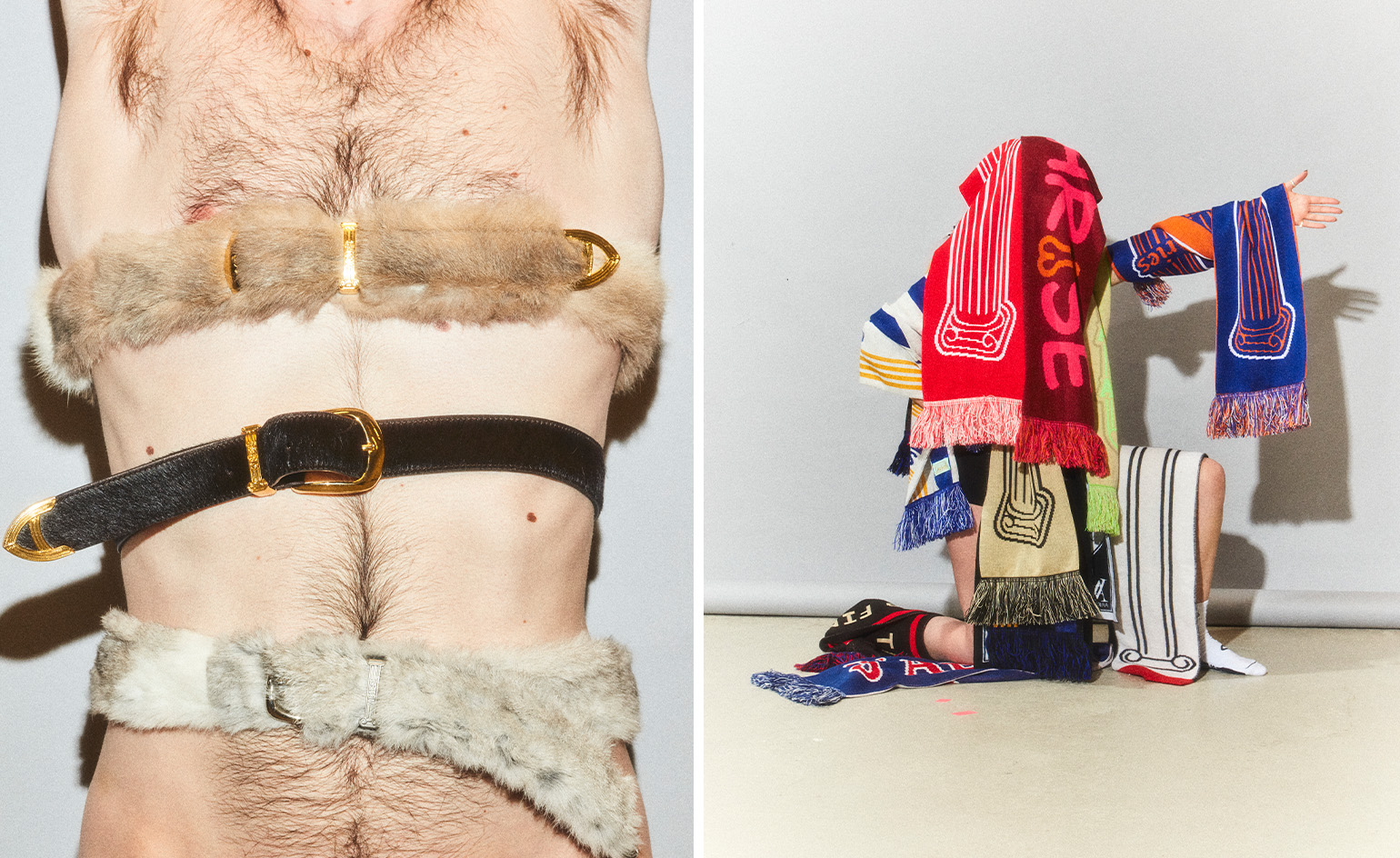 ‘Independence, community, legacy’: inside a new book documenting the history of cult British streetwear label Aries
‘Independence, community, legacy’: inside a new book documenting the history of cult British streetwear label AriesRizzoli’s ‘Aries Arise Archive’ documents the last ten years of the ‘independent, rebellious’ London-based label. Founder Sofia Prantera tells Wallpaper* the story behind the project
By Jack Moss
-
 Ed Atkins confronts death at Tate Britain
Ed Atkins confronts death at Tate BritainIn his new London exhibition, the artist prods at the limits of existence through digital and physical works, including a film starring Toby Jones
By Emily Steer
-
 A major Frida Kahlo exhibition is coming to the Tate Modern next year
A major Frida Kahlo exhibition is coming to the Tate Modern next yearTate’s 2026 programme includes 'Frida: The Making of an Icon', which will trace the professional and personal life of countercultural figurehead Frida Kahlo
By Anna Solomon
-
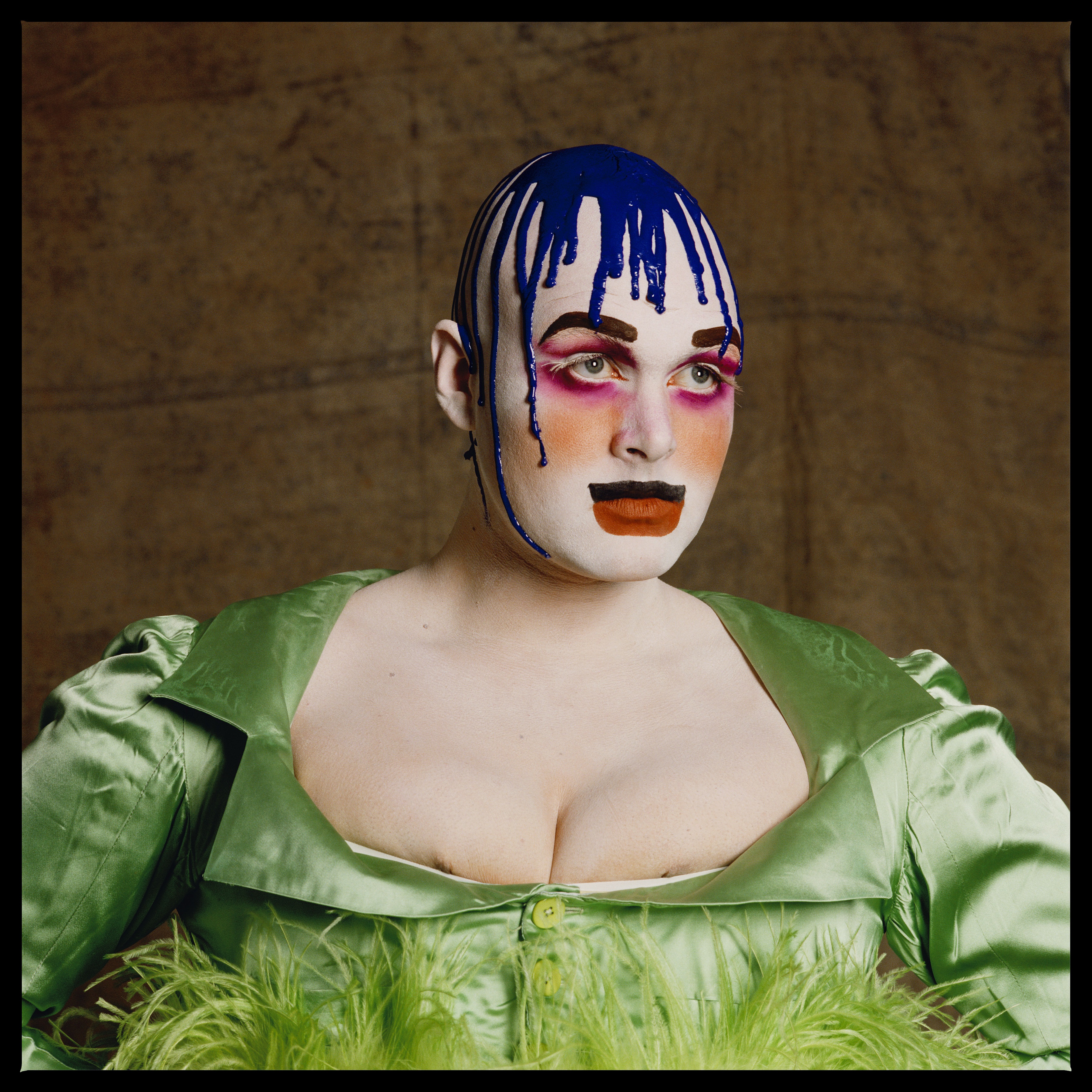 ‘Leigh Bowery!’ at Tate Modern: 1980s alt-glamour, club culture and rebellion
‘Leigh Bowery!’ at Tate Modern: 1980s alt-glamour, club culture and rebellionThe new Leigh Bowery exhibition in London is a dazzling, sequin-drenched look back at the 1980s, through the life of one of its brightest stars
By Amah-Rose Abrams
-
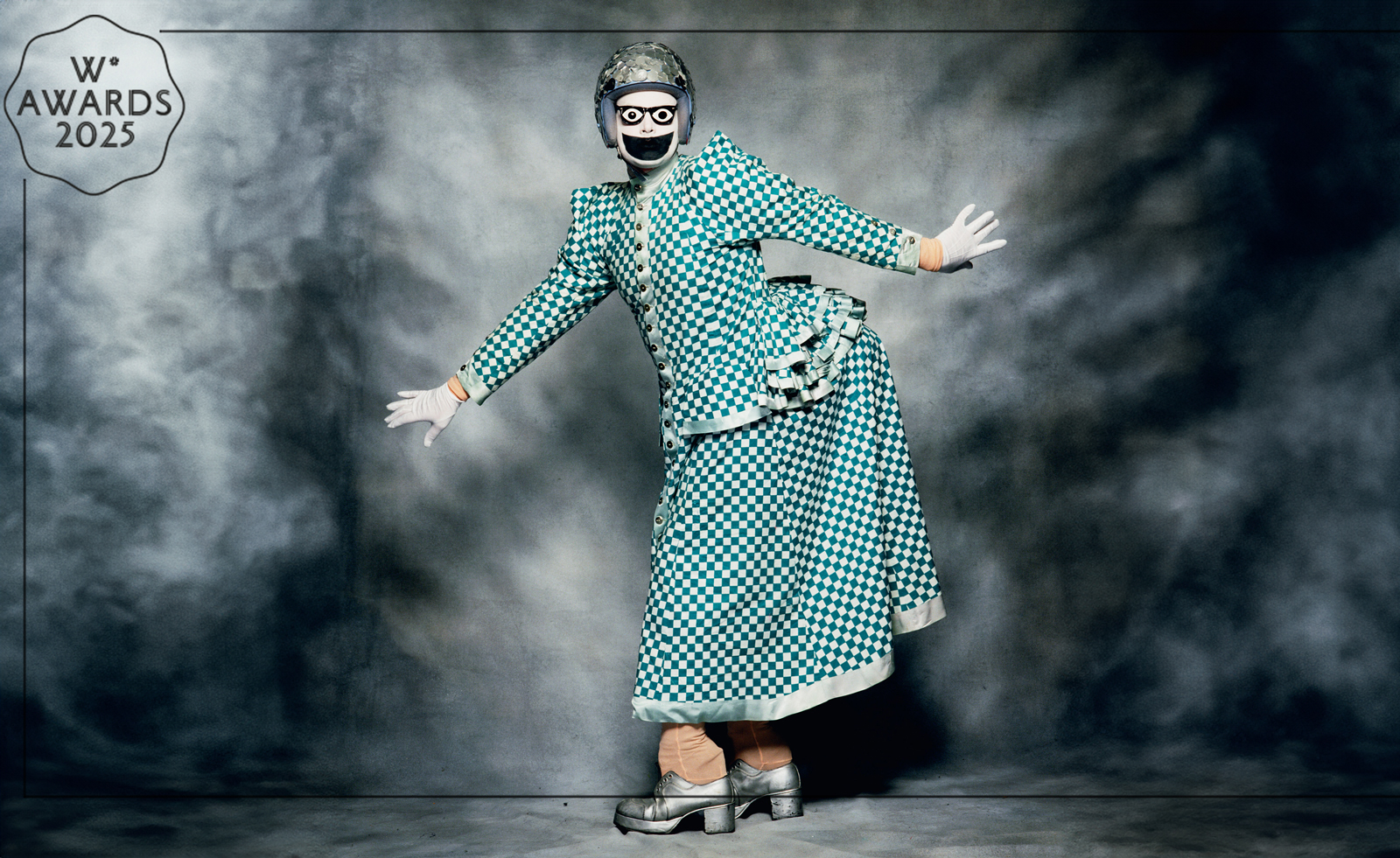 Wallpaper* Design Awards 2025: Tate Modern’s cultural shapeshifting takes the art prize
Wallpaper* Design Awards 2025: Tate Modern’s cultural shapeshifting takes the art prizeWe sing the praises of Tate Modern for celebrating the artists that are drawn to other worlds – watch our video, where Wallpaper’s Hannah Silver gives the backstory
By Hannah Silver
-
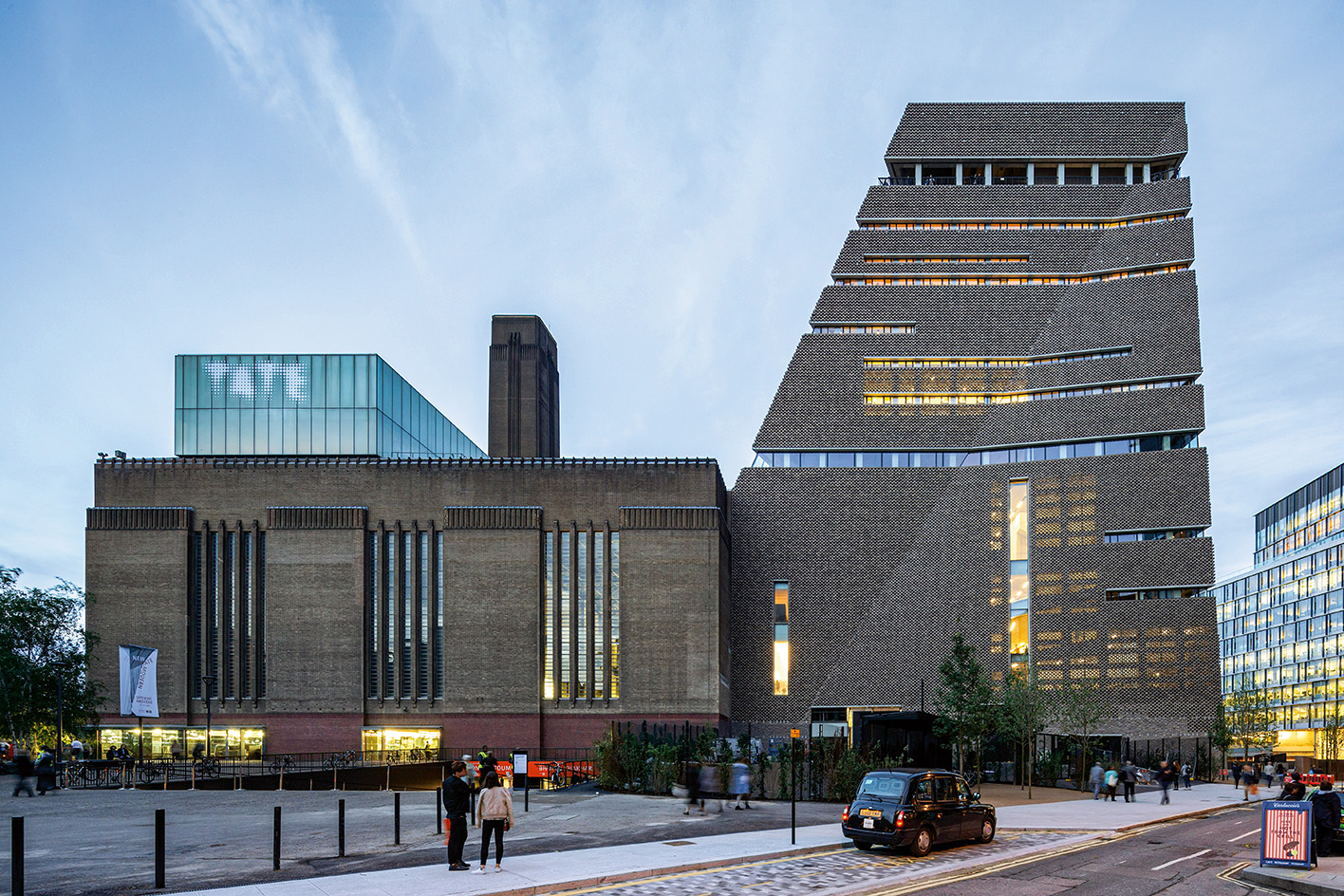 Looking forward to Tate Modern’s 25th anniversary party
Looking forward to Tate Modern’s 25th anniversary partyFrom 9-12 May 2025, Tate Modern, one of London’s most adored art museums, will celebrate its 25th anniversary with a lively weekend of festivities
By Smilian Cibic
-
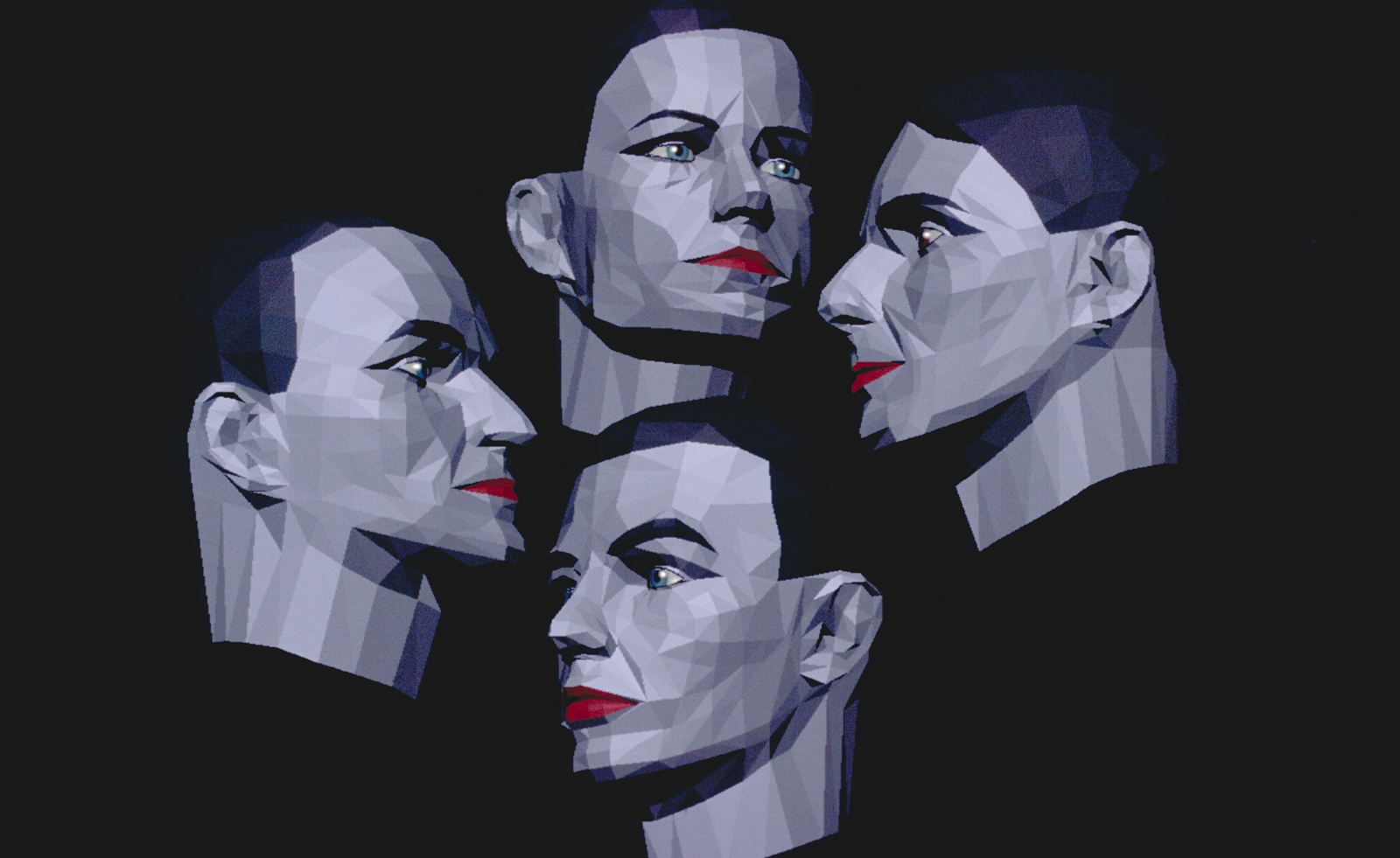 Discover psychedelic landscapes and mind-bending art at London’s Tate Modern
Discover psychedelic landscapes and mind-bending art at London’s Tate Modern'Electric Dreams' at the Tate encompasses the period from the 1950s to the beginning of the internet era
By Hannah Silver
-
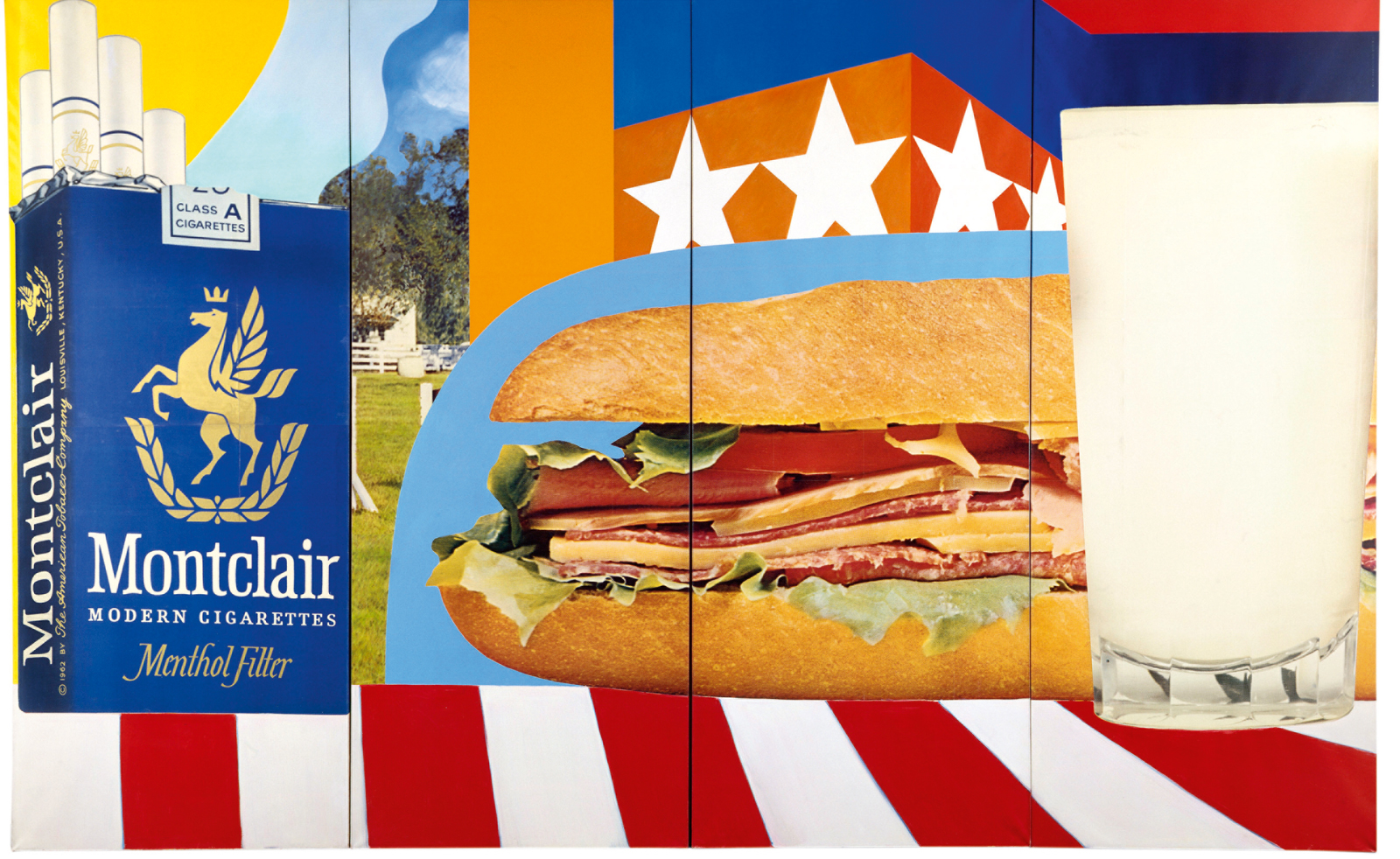 Tom Wesselmann’s enduring influence on pop art goes under the spotlight in Paris
Tom Wesselmann’s enduring influence on pop art goes under the spotlight in Paris‘Pop Forever, Tom Wesselmann &...’ is on view at Fondation Louis Vuitton in Paris until 24 February 2025
By Ann Binlot
-
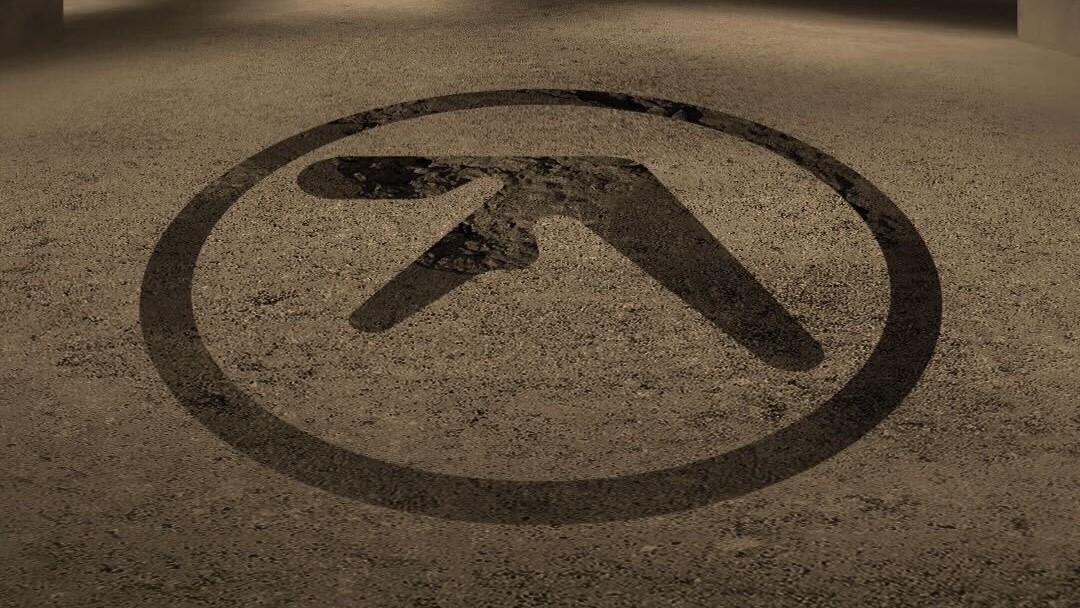 Tate Modern to host Aphex Twin listening experience
Tate Modern to host Aphex Twin listening experienceA free listening event for Aphex Twin's reissued album 'Selected Ambient Works II (Expanded Edition)' on the 25th of October
By Smilian Cibic